Your cart is currently empty!
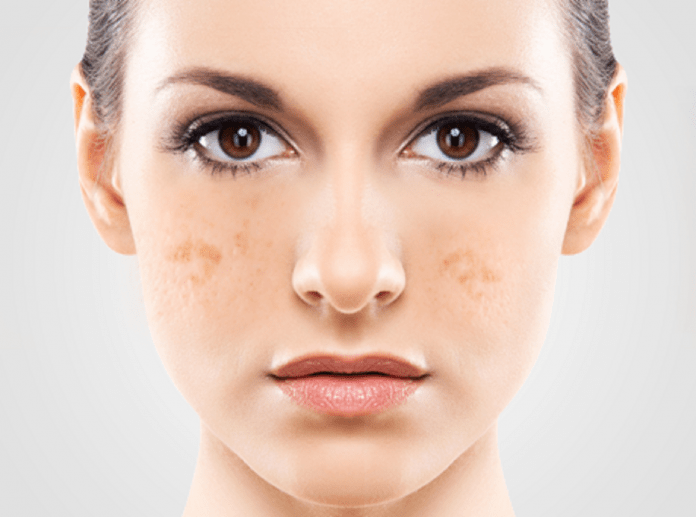
Dark Spots? Pigmentation? Read This To Get Even Skin Tone

Table of Contents
Achieving an even skin tone can be a journey that requires patience, diligence, and the right knowledge. Whether dealing with dark spots, pigmentation issues, or uneven skin tone in general, understanding the underlying causes and implementing effective strategies is crucial for achieving the desired results. In this comprehensive guide, we’ll delve into the various factors contributing to uneven skin tone, explore different types of pigmentation, and discuss proven methods and treatments to help you attain a radiant, even complexion.
Understanding Dark Spots
Dark spots appear when melanin, the pigment responsible for skin color, is overproduced in certain areas of the skin. This excessive melanin production can be triggered by several factors:
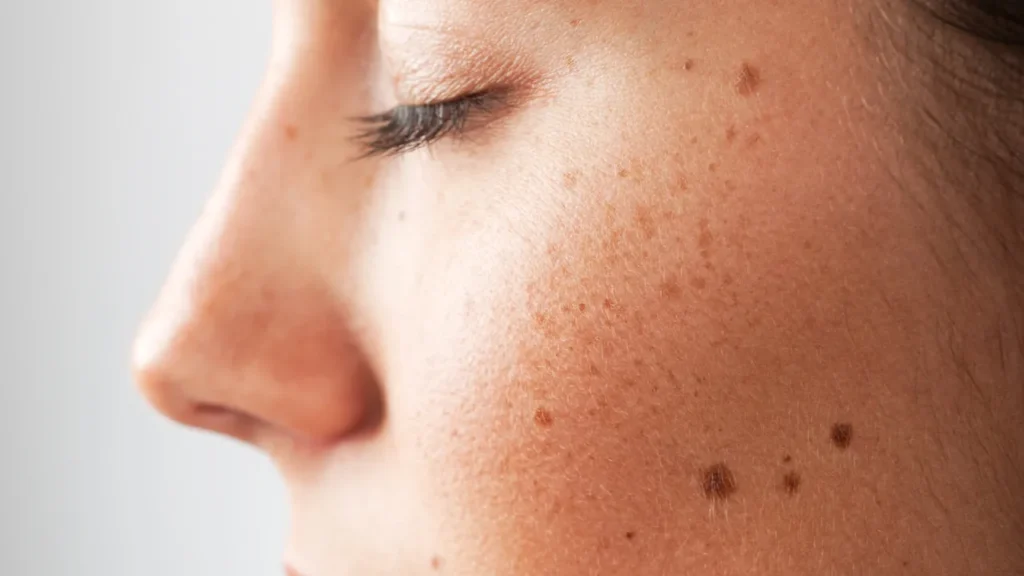
Dark spots, also known as hyperpigmentation, are a common skin condition characterized by areas of skin that appear darker than the surrounding skin. They can manifest as small freckle-like spots or larger patches, and they can occur on any part of the body, although they are most commonly found on the face, hands, arms, and shoulders. Understanding the causes, types, and treatments of dark spots is essential for effectively managing this condition.
There are several factors that can contribute to the development of dark spots. One of the primary causes is excessive sun exposure. When the skin is exposed to the sun, it produces melanin, the pigment responsible for skin color. Over time, repeated exposure to the sun’s ultraviolet (UV) rays can lead to an overproduction of melanin in certain areas, resulting in the formation of dark spots. This type of hyperpigmentation is often referred to as sun spots or age spots.
Hormonal changes can also trigger the development of dark spots. This is particularly common during pregnancy, a condition known as melasma or chloasma. Hormonal fluctuations can stimulate the production of melanin, leading to the formation of dark patches on the skin, typically on the face. Similarly, certain medications, such as hormonal contraceptives or hormone replacement therapy, can also cause hormonal imbalances that contribute to hyperpigmentation.
In addition to sun exposure and hormonal changes, skin trauma or inflammation can lead to the formation of dark spots. Acne, eczema, and other skin conditions can cause inflammation, which in turn stimulates melanin production. As the skin heals, dark spots may develop in the affected areas, a condition known as post-inflammatory hyperpigmentation.
There are several types of dark spots, each with its own characteristics and causes. Sun spots, as mentioned earlier, are caused by prolonged sun exposure and typically appear as small, round, flat spots on sun-exposed areas of the skin. Age spots, which are also caused by sun exposure, tend to be larger and more irregularly shaped than sun spots.
Melasma, or pregnancy mask, is a type of hyperpigmentation that is triggered by hormonal changes and most commonly affects pregnant women. It appears as dark, irregular patches on the face, particularly on the cheeks, forehead, and upper lip. Post-inflammatory hyperpigmentation, on the other hand, occurs as a result of skin trauma or inflammation and can manifest as dark spots or patches in areas where the skin has been damaged.
Treating dark spots often involves a combination of topical treatments, such as skin-lightening creams or serums, and procedures performed by a dermatologist, such as chemical peels, laser therapy, or microdermabrasion. Sun protection is also crucial for preventing further darkening of existing spots and the formation of new ones. This includes wearing sunscreen with a high SPF, seeking shade during peak sun hours, and wearing protective clothing, such as wide-brimmed hats and long sleeves.
Effective Treatments for Dark Spots
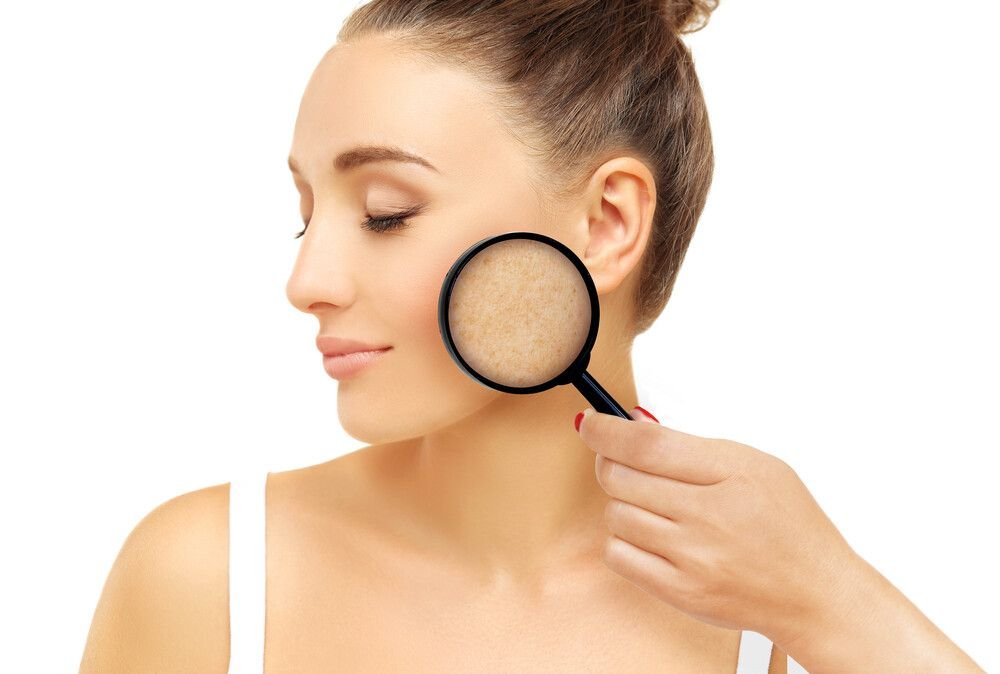
Dark patches, sometimes referred to as hyperpigmentation, can irritate a lot of people. These spots can be caused by various factors, including sun exposure, hormonal changes, skin injuries, and inflammation. While dark spots are typically harmless, they can affect one’s self-esteem and confidence. Fortunately, there are several effective treatments available to help reduce the appearance of dark spots and achieve a more even skin tone.
One of the most commonly recommended treatments for dark spots is topical creams or serums containing ingredients such as hydroquinone, retinoids, kojic acid, alpha hydroxy acids (AHAs), and vitamin C. Hydroquinone is a skin-lightening agent that works by inhibiting the production of melanin, the pigment responsible for dark spots. Retinoids, derived from vitamin A, promote cell turnover and can help fade dark spots over time. Kojic acid is a natural ingredient that also inhibits melanin production, while AHAs like glycolic acid and lactic acid exfoliate the skin, promoting the shedding of darkened skin cells. Vitamin C is a powerful antioxidant that brightens the skin and helps fade dark spots while protecting against further damage from free radicals.
In addition to topical treatments, procedures such as chemical peels, microdermabrasion, and laser therapy can also be effective in reducing the appearance of dark spots. Chemical peels involve the application of a chemical solution to the skin, which causes the top layer to peel off, revealing fresh, unblemished skin underneath. Microdermabrasion works by exfoliating the skin with a diamond-tipped wand or crystals, removing the outer layer of dead skin cells and stimulating collagen production. Laser therapy targets dark spots with high-intensity light energy, breaking up the pigment and promoting collagen production for smoother, more even-toned skin.
Another promising treatment for dark spots is microneedling, also known as collagen induction therapy. This procedure involves using a device with tiny needles to create microscopic injuries in the skin, stimulating the body’s natural healing process and promoting the production of collagen and elastin. Microneedling can help improve the appearance of dark spots by encouraging the turnover of pigmented skin cells and promoting the growth of new, healthy skin.
In addition to these treatments, it’s essential to take steps to prevent further darkening of the skin and protect against future damage. This includes wearing sunscreen daily with a high SPF to shield the skin from harmful UV rays, which can exacerbate dark spots and cause further pigmentation issues. It’s also crucial to avoid excessive sun exposure, wear protective clothing and hats when outdoors, and seek shade during peak sunlight hours.
Preventive Measures for Dark Spots
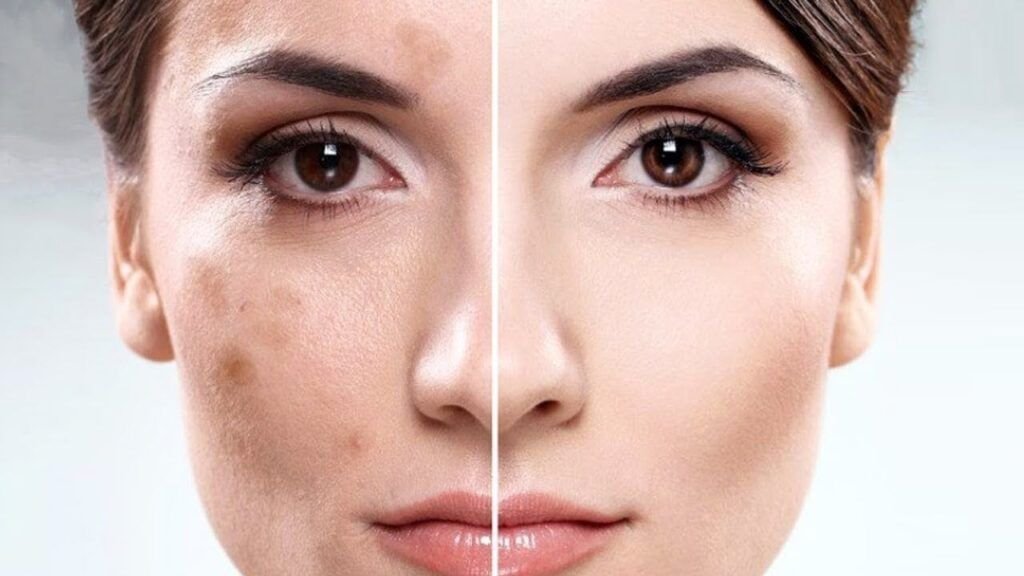
The skin-lightening substance hydroquinone functions by preventing the synthesis of melanin, the pigment that causes dark spots. Retinoids—which come from vitamin A—help to, affecting their confidence and self-esteem. These spots can appear on the skin due to various reasons, including sun exposure, hormonal changes, aging, and skin injuries. While treating existing dark spots is important, preventive measures play a crucial role in maintaining healthy, radiant skin. By incorporating a combination of lifestyle changes, skincare practices, and protective measures, you can effectively prevent the formation of dark spots and maintain an even complexion.
Sun Protection: One of the primary causes of dark spots is sun exposure. Ultraviolet (UV) rays from the sun stimulate the production of melanin, the pigment responsible for skin color, leading to the formation of dark spots. To prevent this, it’s essential to protect your skin from the sun’s harmful rays. Use a broad-spectrum sunscreen with SPF 30 or higher daily, even on cloudy days. Reapply sunscreen every two hours, especially if you’re outdoors or swimming. Additionally, wear protective clothing such as hats, long-sleeved shirts, and sunglasses to shield your skin from direct sunlight.
Skincare Routine: Maintaining a consistent skincare routine tailored to your skin type can help prevent dark spots. Cleansing your face twice daily removes dirt, oil, and impurities that can clog pores and contribute to uneven skin tone. Incorporate products containing ingredients like vitamin C, niacinamide, and licorice extract, known for their brightening and skin-evening properties. Exfoliate regularly to remove dead skin cells and promote cell turnover, which can help fade existing dark spots and prevent new ones from forming.
Hydration and Nutrition: Hydrated skin is healthy skin. Drinking an adequate amount of water each day helps keep your skin hydrated, plump, and less prone to pigmentation issues. Additionally, maintaining a balanced diet rich in antioxidants, vitamins, and minerals supports overall skin health. Foods like fruits, vegetables, lean proteins, and whole grains provide essential nutrients that promote skin regeneration and repair, reducing the likelihood of dark spots.
Hormonal Balance: Hormonal changes, such as those experienced during pregnancy or menopause, can trigger the development of dark spots, commonly known as melasma or chloasma. While hormonal fluctuations are a natural part of life, certain measures can help manage their impact on the skin. Consult with a healthcare professional to address hormonal imbalances through medication or lifestyle changes. Additionally, protect your skin from sun exposure and adhere to a consistent skincare routine to minimize the appearance of hormonal dark spots.
Avoid Irritants: Certain skincare products and environmental factors can irritate the skin, leading to inflammation and hyper pigmentation. Avoid using harsh cleansers, exfoliants, or products containing alcohol, fragrances, or artificial dyes, as they can exacerbate skin sensitivity and increase the risk of dark spots. Opt for gentle, non-comedogenic products formulated for your skin type to maintain a healthy skin barrier and prevent pigmentation issues.
Regular Skin Checks: Early detection is key to preventing dark spots from worsening or developing into more serious skin conditions. Perform regular skin checks to monitor any changes in moles, freckles, or existing dark spots. If you notice any abnormalities, such as changes in size, shape, or color, consult with a dermatologist promptly. Prompt diagnosis and treatment can prevent further pigmentation issues and ensure optimal skin health.
Skincare Routine for Even Skin Tone
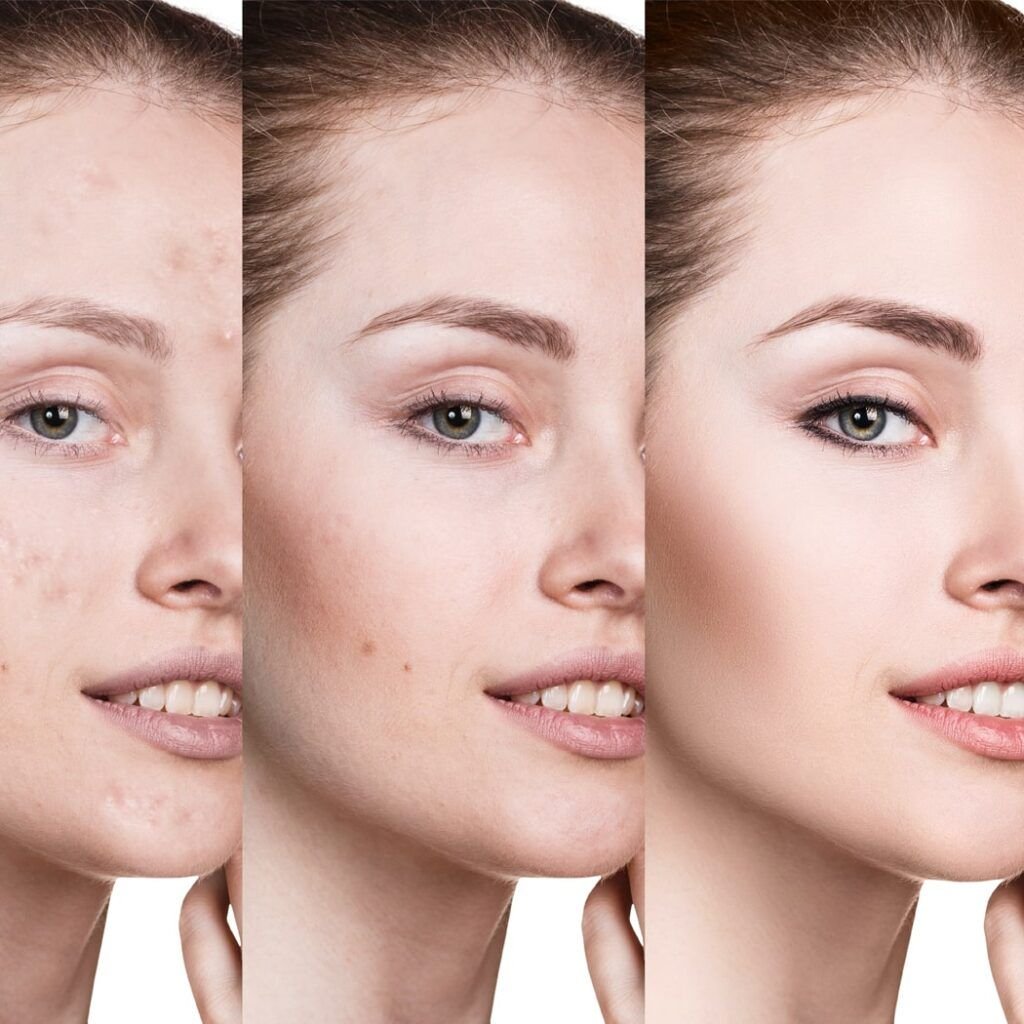
Achieving an even skin tone is a common goal for many individuals seeking a healthy and radiant complexion. A consistent skincare routine tailored to address uneven skin tone can help diminish dark spots, hyperpigmentation, and redness, resulting in a more balanced complexion. Below, I’ll outline a comprehensive skincare routine comprising cleansing, exfoliating, treating, moisturizing, and protecting steps, all aimed at promoting even skin tone.
Cleansing: Begin your skincare routine by gently cleansing your face with a mild, pH-balanced cleanser suitable for your skin type. Cleansing helps remove impurities, excess oil, and dead skin cells, creating a clean canvas for subsequent skincare products. Look for ingredients like salicylic acid or glycolic acid, which can help to exfoliate and brighten the skin.
Exfoliating: Incorporate exfoliation into your routine 2-3 times a week to slough off dead skin cells and promote cell turnover, revealing fresher, brighter skin. Choose a chemical exfoliant containing alpha hydroxy acids (AHAs) like glycolic acid or beta hydroxy acids (BHAs) like salicylic acid, which can help fade dark spots and even out skin tone without harsh scrubbing.
Treating: Apply a targeted treatment serum or spot corrector containing ingredients like vitamin C, niacinamide, kojic acid, or licorice extract. These ingredients are known for their brightening and skin-evening properties. Vitamin C, in particular, is a potent antioxidant that can help fade hyperpigmentation and protect the skin from environmental damage.
Moisturizing: Hydrate your skin with a lightweight, non-comedogenic moisturizer to maintain its moisture barrier and prevent further discoloration. Look for moisturizers formulated with ingredients like hyaluronic acid, ceramides, or squalane, which can replenish moisture without clogging pores. Proper hydration can also improve skin texture and tone over time.
Sun Protection: Never skip sunscreen, as UV exposure can exacerbate existing hyperpigmentation and cause further skin discoloration. Choose a broad-spectrum sunscreen with SPF 30 or higher and apply it generously to all exposed areas of your face and neck, regardless of the weather or season. Opt for a sunscreen that’s lightweight and non-greasy to ensure comfortable wear throughout the day.6. Additional Tips:
Stay consistent with your skincare routine, as results may take time to become noticeable.
Be gentle with your skin and avoid harsh scrubbing or over-exfoliation, which can exacerbate inflammation and irritation.
Incorporate brightening face masks containing ingredients like niacinamide, licorice extract, or vitamin C into your routine once or twice a week for an extra boost.
Consider incorporating retinoids into your nighttime routine, as they can help improve skin texture, reduce hyperpigmentation, and promote overall skin renewal.
Conclusion
achieving an even skin tone amidst dark spots and pigmentation requires a multifaceted approach. First and foremost, understanding your skin type and identifying the root cause of the discoloration is essential. Incorporating a diligent skincare routine consisting of gentle cleansers, exfoliants, and targeted treatments such as vitamin C serums or hydroquinone can aid in reducing pigmentation. Sun protection through daily application of broad-spectrum sunscreen is non-negotiable to prevent further darkening of spots. Additionally, seeking professional interventions like chemical peels, laser therapy, or microdermabrasion can expedite the fading process.
A balanced diet rich in antioxidants, vitamins, and hydration supports skin health from within, promoting a more uniform complexion. Patience is key as results may take time to manifest, and consistency in the skincare regimen is paramount. Embracing one’s natural skin tone and addressing pigmentation concerns with patience and persistence ultimately leads to a radiant, even complexion, enhancing confidence and self-esteem. Remember, consulting with a dermatologist for personalized advice and treatment options tailored to your specific needs is always advisable.


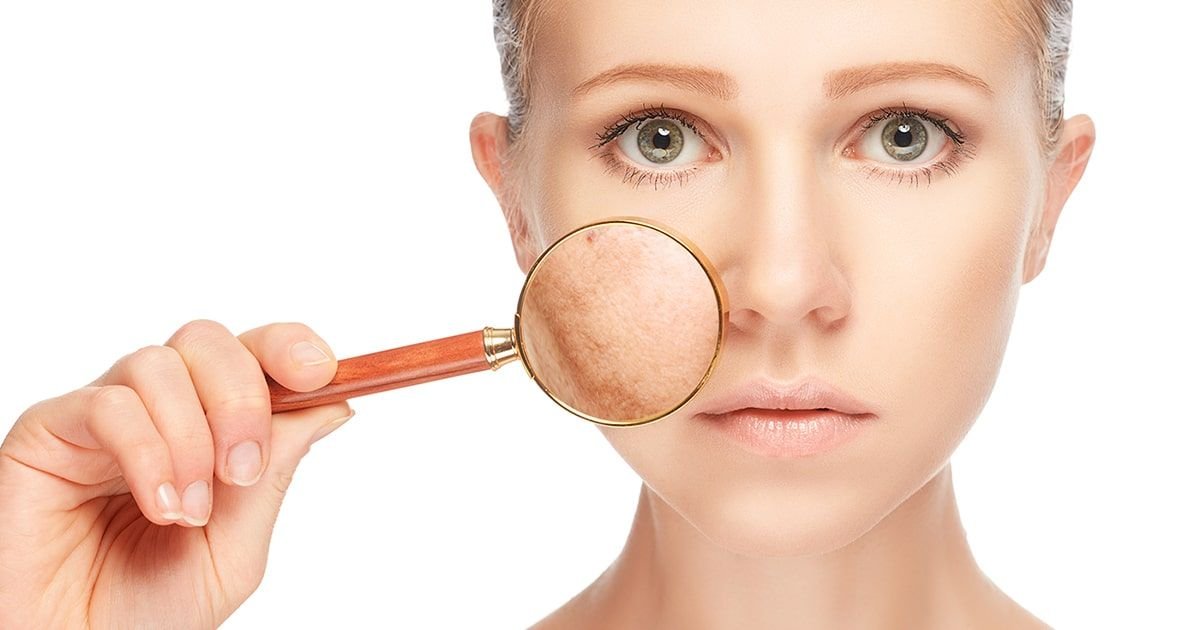

Leave a Reply